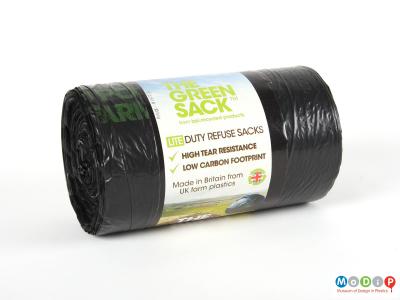Carbon footprints are a measure of the amount of carbon dioxide and other greenhouse gases released over the full life cycle of a product. They are notoriously difficult to assess because there are many factors that need to be considered. For example, extraction and processing of the raw materials, manufacturing, packaging and transportation of the product, usage (how long it is used for and whether it is reused) and then finally, recycling and disposal at end-of-life.
The environmental impacts associated with plastics are often generally much lower than that of alternative materials such as glass, metal and paper. However, there are several ways by which they can be further decarbonised. Incorporating recycled content (1-7), selecting biopolymers instead of plastics derived from fossil fuels (8-11) or using carbon neutral materials (12) are some potential transformational solutions.
In the drive towards becoming net zero, businesses involved with plastics can also try to make efficiencies across their general operations, production processes and supply chains. They might consider switching to low-carbon technologies, using renewable energy sources, adopting closed-loop systems to minimise waste and choosing partners who also prioritise decarbonisation. When areas of unavoidable impact still exist, they might invest in guaranteed carbon offsetting projects, designed to reduce future emissions.
Many of the companies represented within this case have already been certified as carbon neutral or have clear statements about how they intend to achieve that goal within the next couple of years. This is an important step towards meeting the UK Government’s commitment to net zero emissions by 2050.
Plastics can play an additional role on this journey for all of us through their use in, for example, insulating products to make our buildings more thermally efficient, as components within ‘clean’ energy systems such as solar panels, and within electric vehicle technology and infrastructure. It is important that the material flow is both decarbonised and circular in order to be as sustainable as possible.













